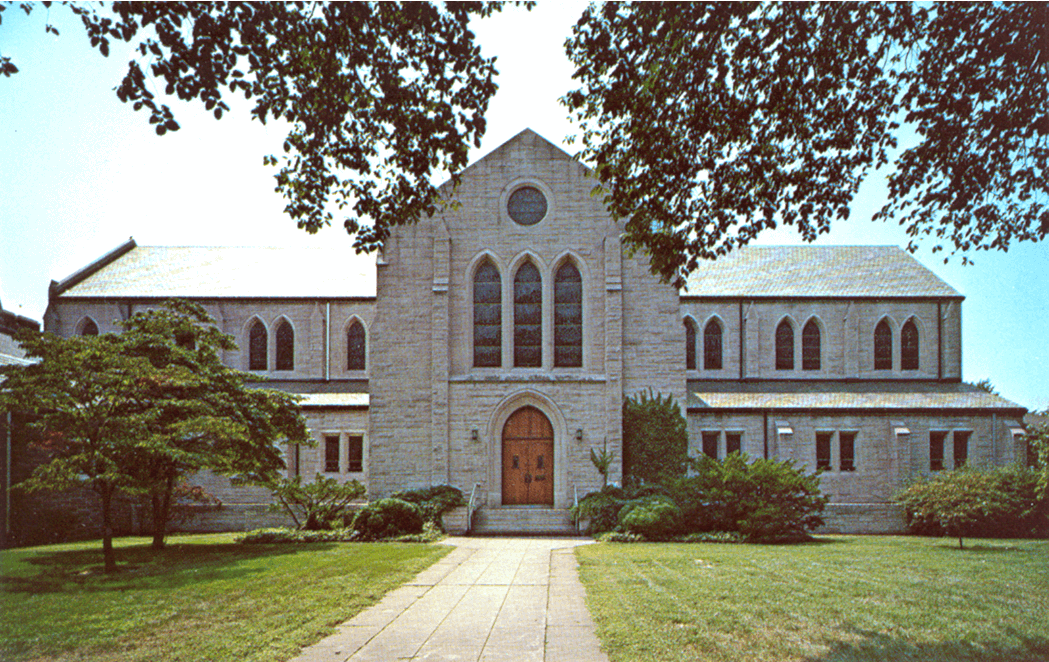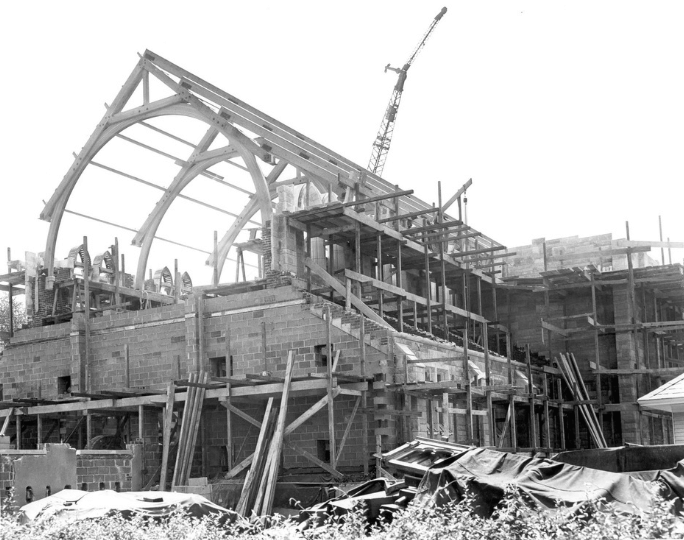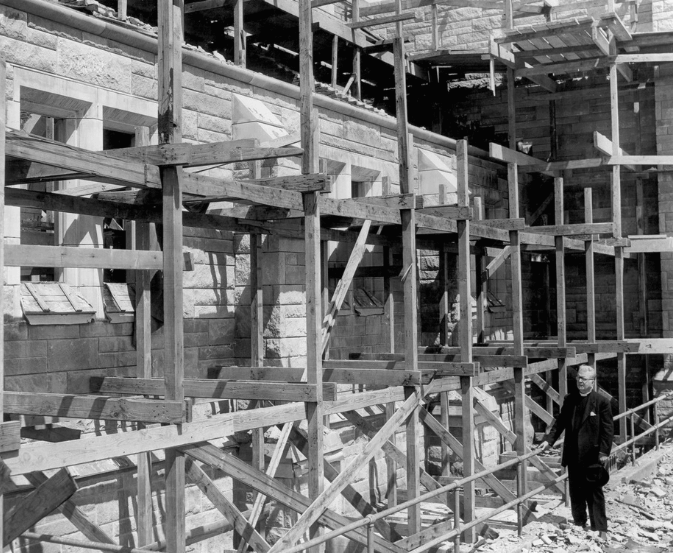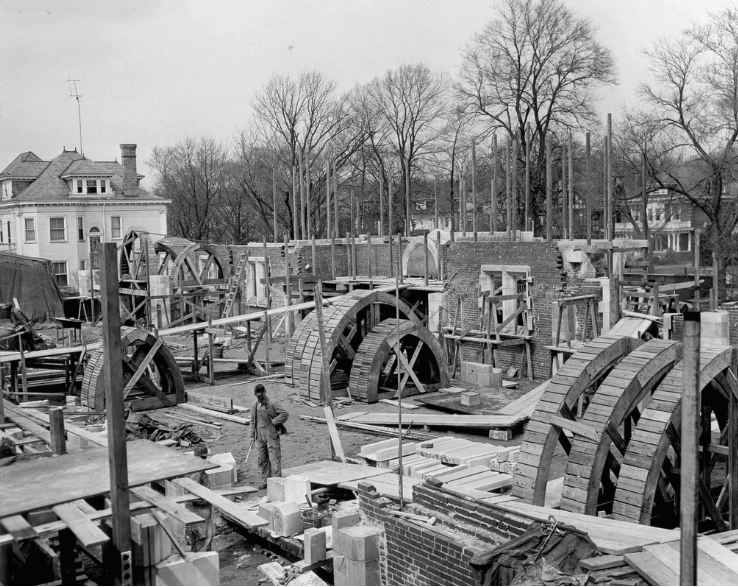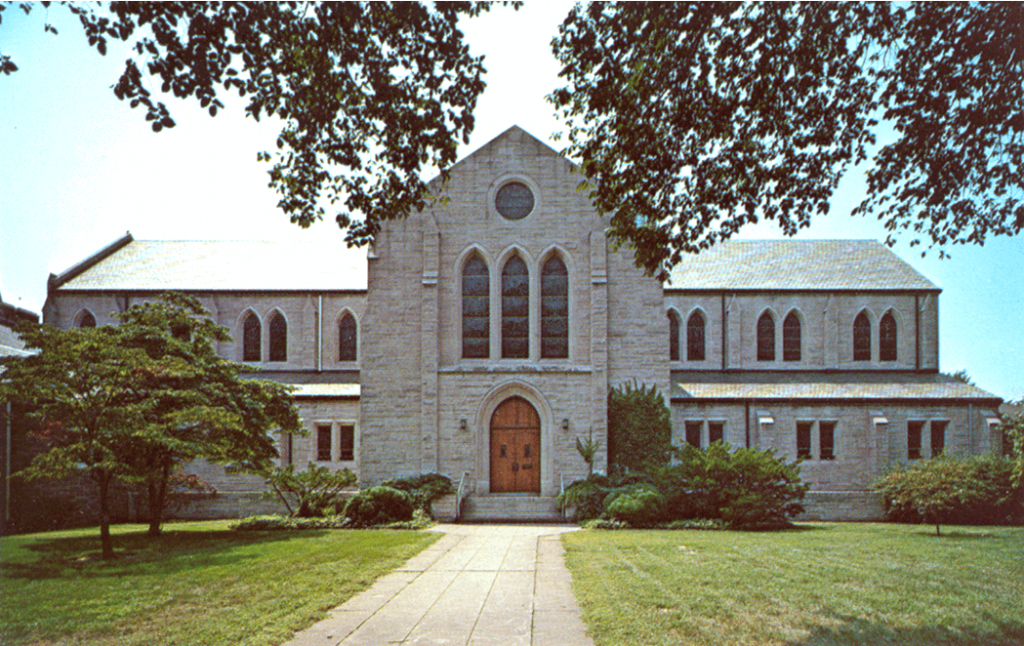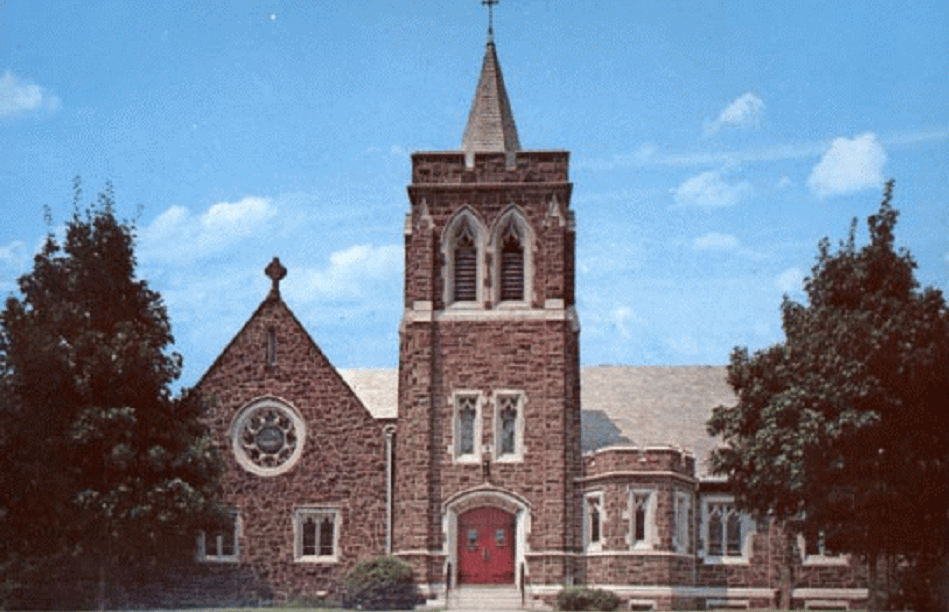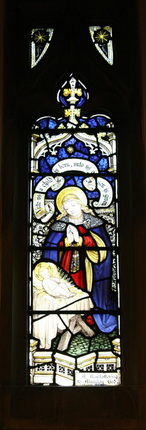 The first Bishop of New Jersey – the Rt. Reverend John Croes – was consecrated in 1815, but despite regular calls for a Cathedral, 100 years passed before it became a reality. In 1916, New Jersey’s fifth bishop, Bishop Paul Matthews, authorized a Cathedral Foundation to raise funds, and on All Saints’ Day 1930, he chose a parish church in Trenton to be the Cathedral. Trinity Church on Academy Street had been consecrated seventy years earlier, in December 1860, but it quickly became apparent that there was insufficient land on the site at Academy Street to develop and extend the building in the way that would be required. So, just three weeks after its elevation to Cathedral status, Trinity Church merged with the church of All Saints’ on West State Street, whose site was surrounded by land that offered greater opportunities.
The first Bishop of New Jersey – the Rt. Reverend John Croes – was consecrated in 1815, but despite regular calls for a Cathedral, 100 years passed before it became a reality. In 1916, New Jersey’s fifth bishop, Bishop Paul Matthews, authorized a Cathedral Foundation to raise funds, and on All Saints’ Day 1930, he chose a parish church in Trenton to be the Cathedral. Trinity Church on Academy Street had been consecrated seventy years earlier, in December 1860, but it quickly became apparent that there was insufficient land on the site at Academy Street to develop and extend the building in the way that would be required. So, just three weeks after its elevation to Cathedral status, Trinity Church merged with the church of All Saints’ on West State Street, whose site was surrounded by land that offered greater opportunities.
The land was purchased, and the Rector of All Saints’ – Ralph Ernest Urban – became the first Dean of the Cathedral. For the two years following his death in 1935, Bishop Matthews combined the roles of Dean and Bishop until the appointment of Frederic Magee Adams in 1939. Dean Adams successfully set about finding financial support for the new building project, and personally oversaw its construction. The former parish church of All Saints was skillfully incorporated into the plan. It forms the present Synod Hall, but some of its finest features, including an exquisitely carved rood screen, are preserved in the All Saints’ Chapel that is used for the early communion service every Sunday.
 Building work began in 1936, when ground was broken for the crypt, but the superstructure of the Cathedral was not completed to the point where services could be held until 1954, the year in which the present building was dedicated. Dean Adams retired in 1958, and in 1965 donated the immense sum of $250,000 (about $2million in today’s prices) for the addition of an Episcopal Day School, still in use by Trinity Academy.
Building work began in 1936, when ground was broken for the crypt, but the superstructure of the Cathedral was not completed to the point where services could be held until 1954, the year in which the present building was dedicated. Dean Adams retired in 1958, and in 1965 donated the immense sum of $250,000 (about $2million in today’s prices) for the addition of an Episcopal Day School, still in use by Trinity Academy.
Dean Adams was succeeded by the Cathedral’s longest serving Dean, Lloyd Gage Chattin. Dean Chattin served for thirty-three years (1960-1993), a period of great change, both in the church and in society. A new and radically altered Book of Common Prayer came into use (as well as a new hymnal) and women were ordained as priests for the first time. The Cathedral accommodated these changes with relative ease. Changes in the economy of Trenton proved a much harder challenge. The city’s decline began in the 1970s, and families moved away to the suburbs. Exacerbated by a general decline in attendance at American mainstream churches, this placed great strains on the Cathedral’s membership and finances.
